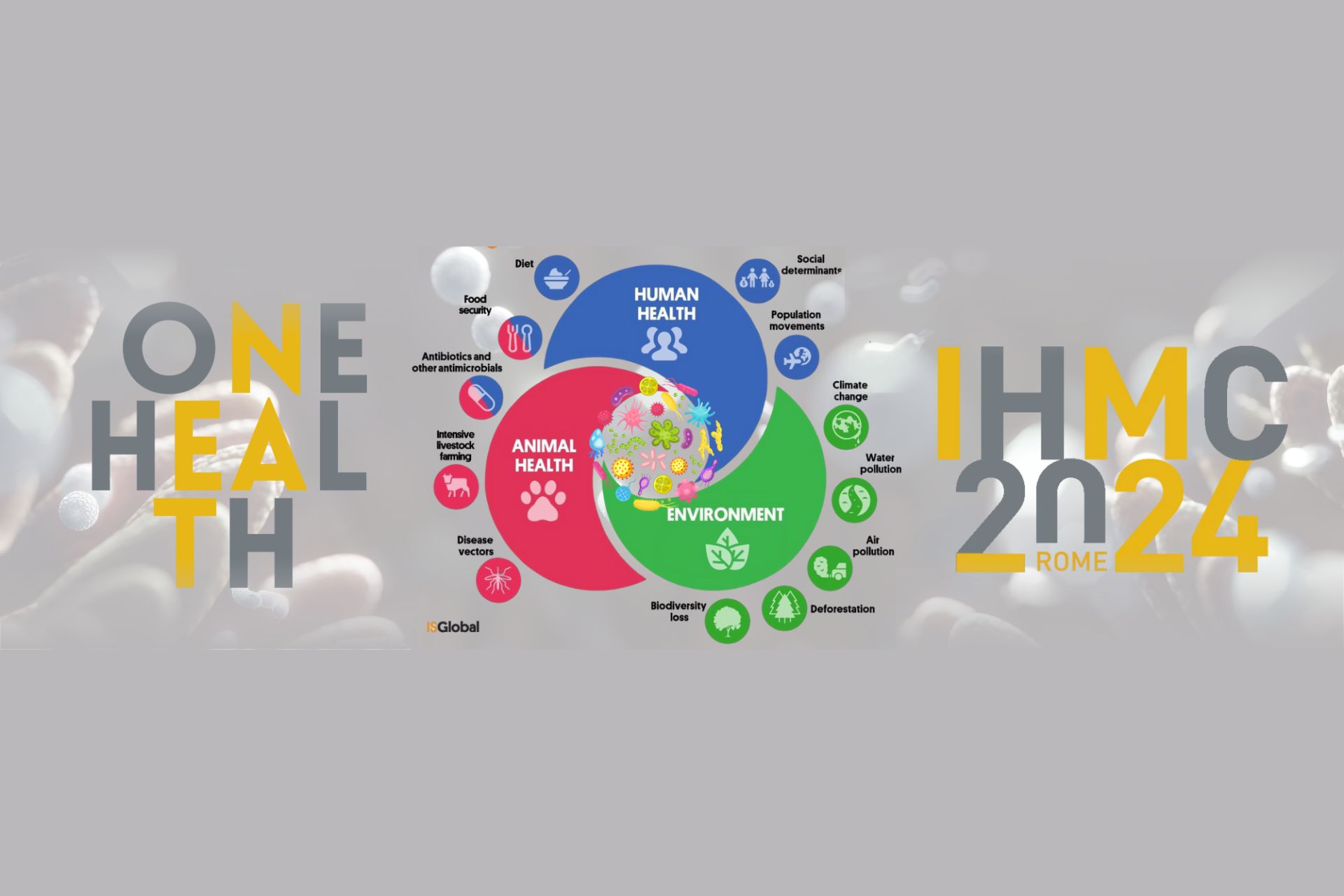
Aviation Safety Evolves with Biological Insights: Innovative Framework Emulates Human Immune System to Safeguard Future Flight
As the international aviation sector prepares for significant changes—driven by urban air mobility, increasing traveler volumes, and more sophisticated technologies—professionals are advocating for a transformative shift in safety management and oversight. In a groundbreaking study featured in Engineering, researchers have introduced an innovative safety framework influenced by one of nature’s most robust systems: the human immune response.
This groundbreaking model, referred to as “System-of-Systems (SoS) Safety,” aims not only to sustain current safety levels but also to proactively improve them in light of rising and emerging dangers facing air travel.
The Increasing Complexity of Civil Aviation
In a review led by Professor Daqing Li and colleagues, it is noted that the conventional Civil Aviation Transportation System (CATS) is nearing a state of extreme intricacy as a “cyber–physical–social” system. With the rapid advancement of artificial intelligence, 5G technologies, and autonomous transport, the challenge of coordinating operations in the air is more complex than ever before faced by the industry.
While global aviation enjoys impressively low accident rates—merely 0.2 fatalities per million flights—researchers caution that these rates may not remain stable as new technologies and a significant uptick in flight volume introduce unforeseen risks. Passenger volume is predicted to grow by 4.3% annually, which might lead to over 200,000 daily flights worldwide by the mid-2030s.
Urban Air Mobility: An Urgent Safety Alert
One of the most telling indicators of aviation’s new era is the rise of Urban Air Mobility (UAM), a sector set to revolutionize city transportation. Concepts such as flying taxis, autonomous delivery drones, and air ambulances are anticipated within this domain. Booz Allen Hamilton suggests that under an unrestricted operational scenario, UAM could generate 11 million daily journeys—an astounding 244 times the current daily flight load of the Federal Aviation Administration.
Nevertheless, applying present safety standards to such volumes presents a stark reality. If the 2022 aviation safety metrics were extrapolated to encompass UAM, the outcome would result in two fatal incidents every three days—an unacceptable scenario for public trust and industry viability.
Drawing Lessons from Biology: The Immune-Inspired Safety Model
In response to these imminent challenges, the SoS Safety framework looks to a powerful, proven natural system: the human immune mechanism. In biological systems, immunity is maintained through a series of layered responses—immediate physical barriers akin to skin, rapid-reacting innate defenses, and the adaptive immune system that evolves to deal with new threats.
The SoS model replicates this tri-layered structure:
1. Regulatory Layer – Prevention of Recognized Threats:
This layer functions like skin—protecting against recognized risks through regulatory frameworks, airspace organization, and stringent operational protocols. It serves as the primary and most steadfast line of defense.
2. Sensing & Response Layer – Immediate Threat Reaction:
Mirroring the innate immune system, this level tracks systems in real-time, employing sensors, data analysis, and AI diagnostics to identify unexpected behavior or anomalies, facilitating prompt corrective responses.
3. Learning & Adaptation Layer – Reaction to Unseen Risks:
Operating similarly to the adaptive immune system, this layer utilizes digital twins, AI modeling, and sustained learning algorithms to detect new risk profiles and integrate countermeasures into system design and operations.
Shifting from Process-Centric to Capability-Centric Safety
Historically, aviation safety has emphasized outcomes and strict compliance with checklists. The SoS approach transforms this mindset toward developing intelligent capabilities—adaptable systems that can sense, learn, and adjust to changing environments. This evolution fosters a dynamic safety culture equipped for the rapid pace of technological change.
Implementation Strategy: A Three-Step Approach
The researchers propose a staged introduction of SoS safety principles:
– Phase 1: Enhance Operational Resilience – Utilizing 5G technology, edge computing, and IoT devices to improve communication and monitoring across aviation systems.
– Phase 2: Embed Safety into Design – Applying advanced modeling and digital engineering techniques to integrate safety from the earliest phases of aircraft and system creation.
– Phase 3: Comprehensive Integration – Merging operational data with design intelligence in real-time via AI, establishing a fluid design-to-operation feedback system.
Growing Interest and Wider Applications
Key stakeholders in the aviation arena are starting to investigate resilience-focused strategies. Airlines like American Airlines, Lufthansa, and Ryanair, alongside air traffic management entities such as EUROCONTROL, have initiated efforts to trial adaptive safety approaches and technologies.
Although the study centers on aviation, researchers are optimistic that the SoS framework can extend its benefits well beyond airports and air corridors. Complex architectures—ranging from self-driving vehicles and emergency response networks to extensive cyber-physical systems—could greatly benefit from a biologically inspired defense strategy that reflects nature’s effectiveness in maintaining stability amid unpredictable circumstances.
A Safer Horizon Ahead
As we progress toward a world